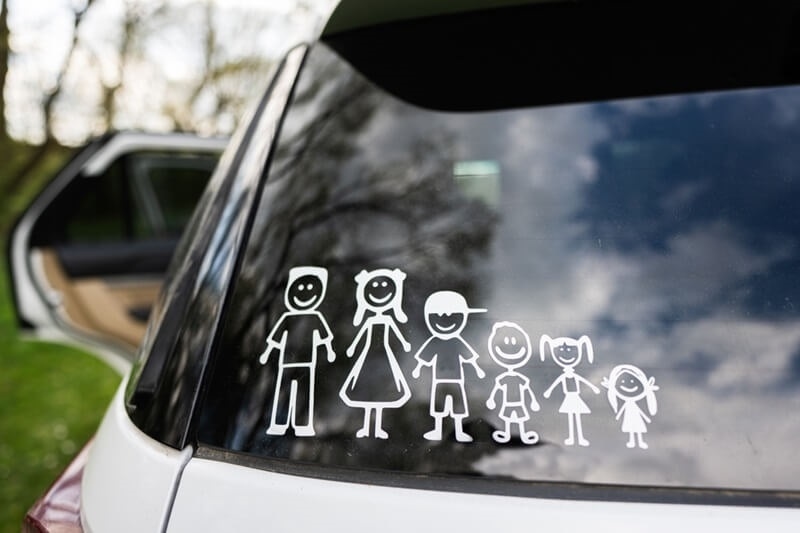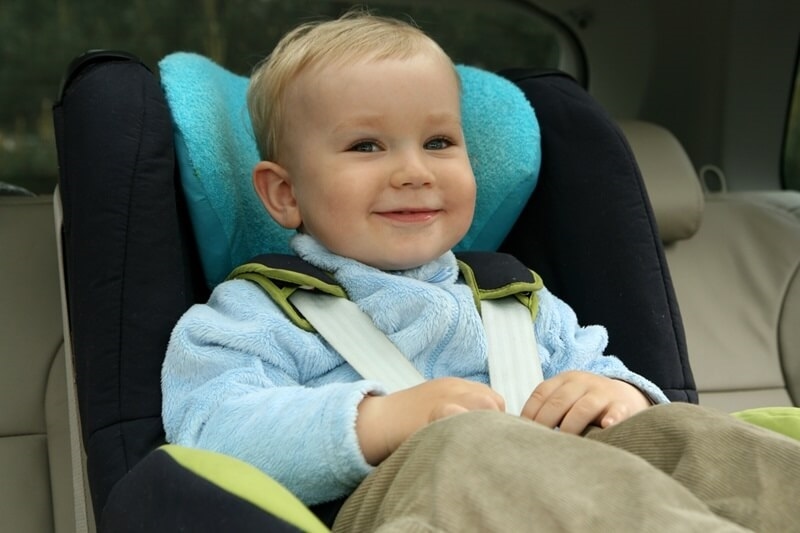How to Find the Best Family SUVs for Safety and Comfort?

Every family has a moment when choosing the best family SUVs becomes a real task. They begin by looking at cargo space, child-seat safety, and things like ride quality and reliability ratings. This detailed SUV comparison guide will shows how they fits your everyday life.
Cargo Space that Adapts to Everyday Routines
Families often discover that cargo space matters more than they first expected. Some days they carry school bags, some days sports gear, and other days something larger without warning. So, this part of the SUV comparison becomes an important moment in the story.
Rear Space Fit
Families check if the rear space can handle daily things without squeezing. Some want room for a stroller, while others think about longer trips. The way the space feels inside often matters more than what any chart says.
Seat Folding Ease
Some vehicles have seats that fold flat, and others leave a small bump. It may not sound huge, but it changes how items sit. Families often test this by folding seats quickly and seeing how fast they can load their usual bags.
Daily Load Flow
The shape of the cargo area affects how smoothly things slide in and out. Families sometimes notice small things like how wide the opening is or if the floor stays flat. These tiny parts become real benefits when rushing through a busy day.
Cargo space does more than hold items. It becomes a quiet helper. It moves with the family as their routines shift. And when people look for the best family SUVs, this simple part shapes the whole choice more than expected.
Child-Seat Safety and Passenger Comfort for Growing Needs

Every family story reaches a stage where child-seat safety becomes one of the most important details. They look at the second row, check the anchors, and try to picture their own child-seat inside that space. This is where the SUV comparison becomes personal.
Anchor Access
Sometimes anchors sit deep in the seat, and sometimes they are easy to reach. Families test this because installing a seat should not turn into a difficult task. They also want to avoid leaning in at awkward angles during rushed mornings.
Seat Row Space
Some families need two child-seats, some three, some a mix. The width of the row matters. When the space feels right, it gives them a sense of comfort. They do not want their seats touching or pressing too close.
Comfort for All
A child-seat affects the comfort of the person sitting next to it. Legroom matters. Headroom matters. Even how the seat reclines matters. Families often take a slow test sit to see how the row feels when everything is fully set.
Child-seat safety blends with overall comfort. When the seats fit well, the ride feels calmer. When the anchors work smoothly, parents feel less stress. This section always becomes emotional because it deals with children, safety and trust.
Why Ride Quality and Long-Term Reliability Ratings Matter?
This part of the story is about how the vehicle behaves on the road. Ride quality is something families notice right away. When a vehicle feels steady over bumps, the whole drive becomes softer. When the cabin stays calm, talking or resting gets easier. So, this feature holds weight in every SUV comparison.
Smooth Movement
Families test how the vehicle feels on uneven roads. If it bounces too much, it may not feel right for long drives. If it holds steady, it becomes a peaceful space for everyone inside.
Cabin Calmness
Noise level matters more than many expect. A quiet cabin lets children nap or lets parents talk without raising their voices. This small detail adds to the overall ride quality in a strong way.
Reliability Confidence
Long-term reliability ratings show how dependable the vehicle tends to be over time. Families want something that stays strong for years, not just months. When reliability ratings look solid, it builds confidence and removes worry.
Ride quality and reliability ratings tell a long story about the life a family may have with the vehicle. When these two pieces work together, families feel a sense of safety and trust that grows every day.
Factors to Consider For Choosing Best Family SUVs
Finding the best SUVs are essential for you and your family to travel comfortably. Thus, you should consider the elements listed in the following points to find out the right family SUV:
- Seeing the Full Picture: Families reach a point where all the details they checked—cargo space, child-seat safety, ride quality and reliability ratings—come together. This bigger picture helps them see which vehicle truly fits into their daily life without forcing anything extra.
- Thinking About Real Routines: Many imagine the small moments like the early school mornings, weekend drives, and quick trips where the trunk must open fast. When they picture these scenes inside the vehicle, they start to understand what feels natural and what feels like extra work.
- Testing Everyday Movements: Families sit in the rows, fold the seats, place a few bags, and check how simple these movements feel. These tiny tests show more than any number on paper because real comfort comes from how easy daily actions become.
- Trusting Long-Term Comfort: They also think about ride quality over years, not just one test drive. A calm cabin and steady movement help them imagine longer journeys. Reliable performance makes them feel relaxed about the future.
- Finding the Natural Fit: In the end, the right choice is the one that blends into the family’s routine without effort. There is a quiet moment where the vehicle feels familiar, and that feeling usually guides them toward the option that supports their life best.
Conclusion
Choosing the best family SUVs becomes easier when families look at cargo space, child-seat safety, ride quality and reliability ratings together. These parts shape how the vehicle feels day after day. When the balance is right, the SUV becomes a steady partner in the family’s daily story.
This content was created by AI

